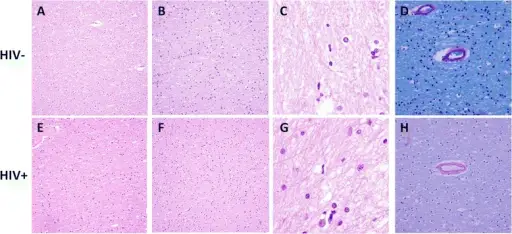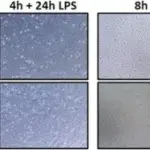Human immunodeficiency virus is a virus that attacks the body’s immune system. If it is not treated, it can lead to AIDS.
What is the Pathology of Human Immunodeficiency Virus?
The pathology of human immunodeficiency virus is:
-Etiology: The cause of human immunodeficiency virus is a virus.
-Genes involved: HLA class I.
-Pathogenesis: The sequence of events that lead to human immunodeficiency virus are: the virus enters the body and replicates inside T helper cells and kills them, which are required for almost all adaptive immune responses hence causing AIDS.
-Morphology: The morphology associated with human immunodeficiency virus shows conical or pear-shaped, lipid envelope and 100 nm in diameter.
-Histology: The histology associated with human immunodeficiency virus shows hyperplasia, multinucleated syncytia of T cells, and loss of the normal follicular dendritic network.
How does Human Immunodeficiency Virus Present?
Patients with human immunodeficiency virus typically are all genders at the age range of 25 to 29 years. The symptoms, features, and clinical findings associated with human immunodeficiency virus include swollen lymph nodes, diarrhea, weight loss, fatigue, night sweats, rash, sore throat, fever, and headache.
How is Human Immunodeficiency Virus Diagnosed?
Human immunodeficiency virus is diagnosed by ELISA test.
How is Human Immunodeficiency Virus Treated?
Human immunodeficiency virus is treated by antiretroviral therapy.
What is the Prognosis of Human Immunodeficiency Virus?
The prognosis of human immunodeficiency virus is poor. The average time from infection to death is 8-10 years without proper treatment.



